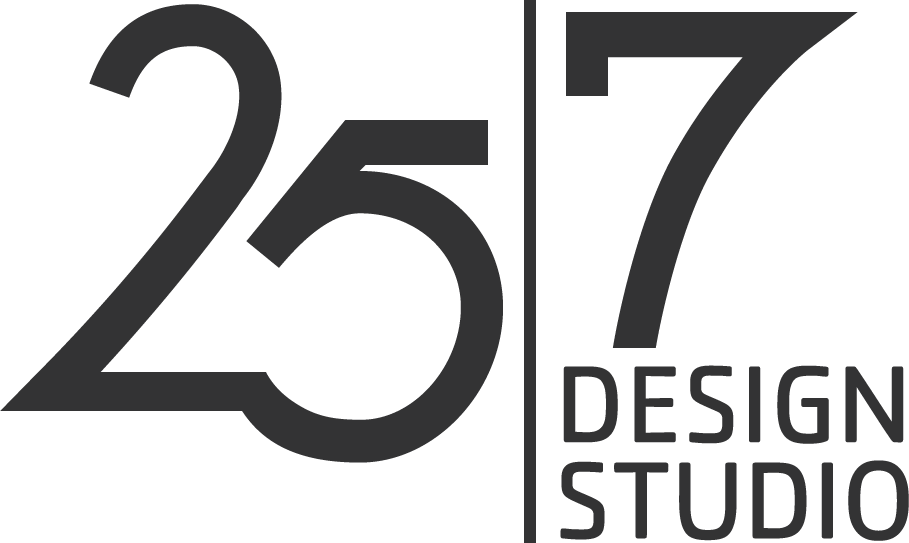Why Webdesign Is a Specialisation

Webdesigner, and its very popular specialisations, such as User Interface and User Experience (UI/UX) Designer are the most commonly offered design jobs in the industry today. They are also excellent career destinations, so it isn’t surprising that lots of people search for webdesign courses, both on- and offline. Not many of them know, however, that webdesign is actually a specialisation itself. It belongs to the profession called “graphic design”.
Graphic Designer or Digital Designer?
What I’m about to do—defining which is which—isn’t as simple as it used to be. Definitions tend to be subject to personal opinion these days, even when it comes to educated consensus. This is unfortunate, because it creates confusion and doubt. When someone’s trying to pick the best route to becoming a professional, clear definitions are key. So I’m going to go with what I learned from my studies, and from my twenty years of experience.
Every digital designer is (or at least, should be) a graphic designer, but not every graphic designer is a digital designer. You guessed it: digital design is also a specialisation, although it is a broader umbrella term that distinguishes designers based on the output of their work. Basically, it covers every designer whose end product is digital, while print design typically produces things that will be printed in the end. I know. Huge surprise.
When you apply for a digital designer position, you will be expected to be skilled at webdesign, UI/UX design, social media content design, general video editing, basic animation, and maybe even 2D motion design. Or at least, this is the list of skills the advertiser will most probably mention. And here’s the catch (and the main point of this blogpost): what you are also expected to be skilled at are general graphic design practices and theory. Namely: colour theory, composition, typography, identity design and branding, vector graphics and image manipulation techniques, and of course, visual communication. And these are the subjects most webdesign courses will neglect to teach you.
Webdesigner vs Webdeveloper
But let’s go back to definitions for a moment, because it doesn’t hurt to clarify the difference between webdesigners and webdevelopers as well. Webdesigners usually do not make websites. They design them, from both aesthetic and usability aspects. They might create working prototypes (interactive previews in which customers can test the experience), but the actual production is the job of the webdevelopers. The difference is much bigger than what the name implies. Webdesigners are not expected to be able to code at all. They design the experience and the look, they make decisions about how to optimise content and navigation for different platforms (computers and mobile devices), they plan out how the user can interact with the site, and they give these instructions to the webdevelopers, who then translate everything so the computer understands what is expected. While some webdesign courses include basic development techniques in their thematics, these merely aid the designer to gain a very general understanding of how websites work. Now that we cleared that, we can go back to the point in question.
Why Webdesign Is a Specialisation
Before the internet, the work of a graphic designer resulted in physical products. Brochures and posters, stickers and magazines, books, newspapers, billboards, and stationary, you name it. In the first years of the mainstream internet, webdesign was a very basic, and mostly technical thing. But as technology evolved, more and more of the fundamental design principles became possible to apply on websites. A contemporary website today must have clear and properly applied typography, high-quality images, consistent and careful use of colour and shape, exceptional composition (especially because web layouts are liquid, so they depend on screen size and resolution), and an intuitive and simple navigation system. With the exception of liquid layouts, everything I just mentioned is a graphic design skill, not a webdesign-specific one.
You may say now, well, I understand why composition, typography and colour are graphic design skills, but how about navigation? Easy. Open a 60+ page magazine, and ask yourself: how am I going to find what I’m looking for, without having to read all of it, especially if what I’d like to find is not listed in the table of contents? If the magazine is skillfully designed, you will quickly understand the meaning of colour, shape, and typography rules, and see how they are used to aid you navigating the contents. Different sections will probably use different colour combinations; text of different levels of importance will use different font attributes, and even the placement of certain parts of text will indicate the intention behind it. In webdesign, all we do is make that kind of navigation interactive. The foundation lies in graphic design principles.
So that is the main reason why our webdesign course requires the completion of the general studies in our graphic design masterclass. We are building the special skillset necessary for webdesign upon the fundamental design principles every graphic designer must have.
As always, if you have any questions, feel free to contact us.

